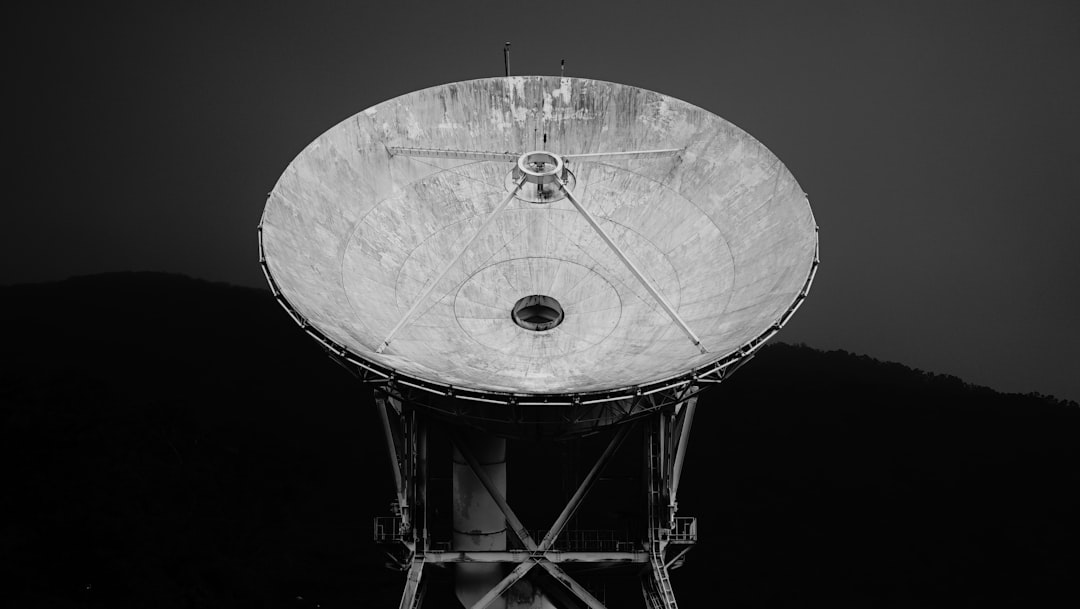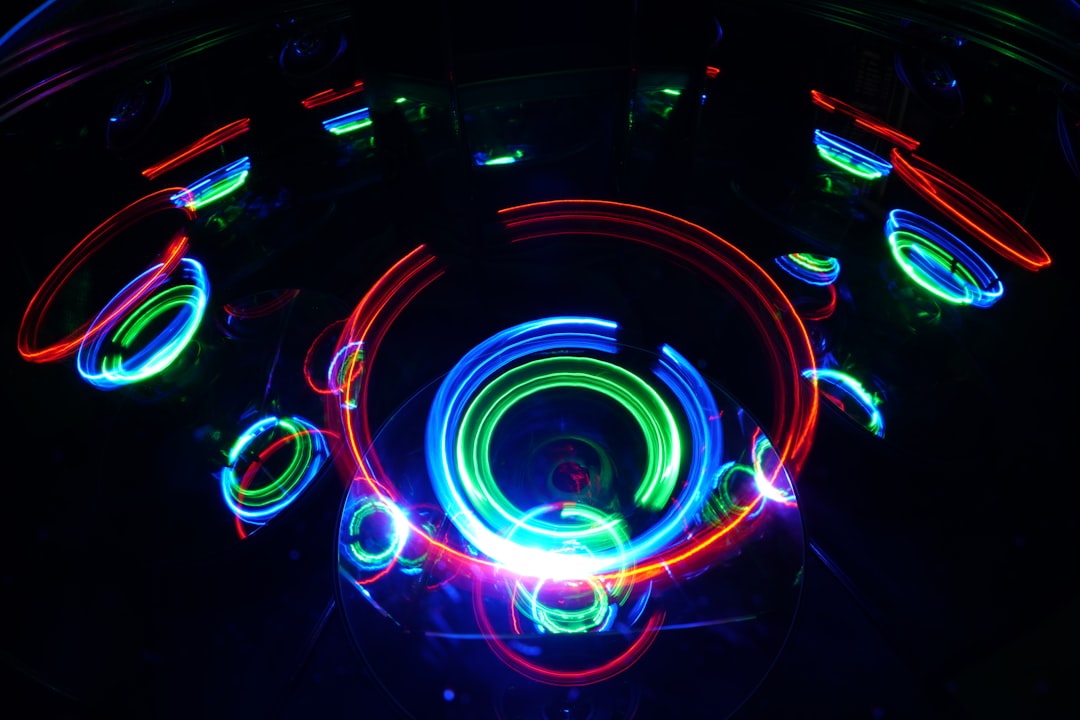What is it about?
Here we propose a volumetric imaging method that combines rainbow-sheet illumination, chromatic-aberration-induced DOF extension, and compressive hyperspectral imaging to optically section transparent objects over 200 depth slices in a single snapshot. A proof-of-concept mesoscopic system with a lateral resolution of 12.7 line pairs per millimeter and a depth resolution of roughly 140 microns in a volume of 10×10×10 millimeters is constructed. The practicality of the suggested method is demonstrated by dynamic volumetric imaging of a transparent jellyfish at a rate of 15 volumes per second.
Featured Image

Photo by Paul Gerhard Wiesenberg on Unsplash
Why is it important?
Traditional lens-based three-dimensional (3D) imaging methods struggle with speed, spatial resolution, field of view, and depth of field (DOF). We report a novel method for single-snapshot volumetric imaging that does not need mechanical or optical scanning. The method resembles classic light-sheet imaging in that it provides out-of-focus background rejection while maintaining camera-based acquisition speed, but instead of fluorescence emissions, it collects scattered or diffuse reflected photons. It also differs from traditional light-sheet imaging in that it illuminates an entire volume of an object with a stack of light sheets of different wavelengths rather than exciting a single thin layer at a time. The proposed approach provides parallelized optical sectioning at over 200 depths by using a strategy of depth encoding in wavelength, lateral encoding with a random pattern, and a decoding procedure.
Perspectives
Scaling down the system will allow for microscopic imaging of transparent biological samples.
Pengfei Zhang
Tianjin University
Read the Original
This page is a summary of: Snapshot volumetric imaging using rainbow-sheet illumination, APL Photonics, February 2024, American Institute of Physics,
DOI: 10.1063/5.0182669.
You can read the full text:
Contributors
The following have contributed to this page










